There’s only one F in Fulham
The Fulham Fanzine 2019-20 Championship Season
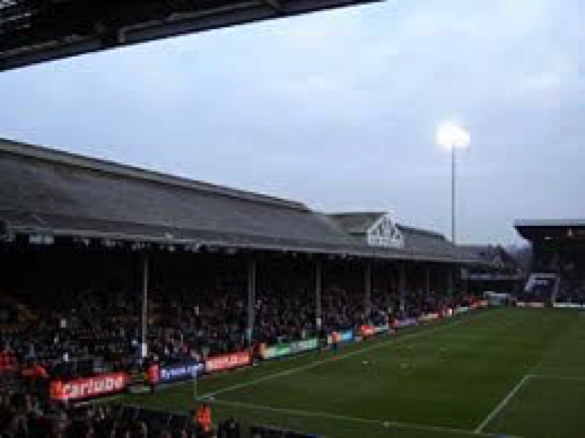
CRAVEN COTTAGE The ground designer
The almost forgotten Archibals Leitch
billp TOOFIF Updated Thursday, 17 May 2018 18:56
Archibald "Archie" Leitch (27 April 1865 – 25 April 1939) was a Scottish architect, most famous for his work designing football stadia throughout United Kingdom and Ireland.
Born in Glasgow, Leitch's early work was on designing factories in his home city, with the sole survivor being the category A listed Sentinel Works at Jessie Street, Polmadie, just south of Glasgow city centre. He moved into stadium design when he was commissioned to build Ibrox Park, the new home ground of Rangers, in 1899.
Leitch's stadiums were initially considered functional rather than aesthetically elegant, and were clearly influenced by his early work on industrial buildings. Typically, his stands had two tiers, with criss-crossed steel balustrades at the front of the upper tier, and were covered by a series of pitched roofs, built so that their ends faced onto the playing field; the central roof span would be distinctly larger, and would incorporate a distinctive pediment.
His first project in England was the design and building of the John Street Stand at Bramall Lane, which provided 3,000 seats and terracing for 6,000 and was dominated by a large mock-Tudor press box.
Even after the Ibrox disaster of 1902, when 26 people were killed when a bank of terracing collapsed, Leitch was still in demand. Over the next four decades he became Britain's foremost football architect. In total he was commissioned to design part or all of more than 20 stadiums in the UK and Ireland between 1899 and 1939, including:
Anfield, Liverpool
Arsenal Stadium, Highbury, London
Ayresome Park, Middlesbrough
Bramall Lane, Sheffield
Cardiff Arms Park, Cardiff
Celtic Park, Glasgow
Craven Cottage, Fulham, London
Dalymount Park, Dublin
Deepdale, Preston
The Den, New Cross, London
Dens Park, Dundee
The Dell, Southampton
Ewood Park, Blackburn
The Double Decker stand (The Kop), Filbert Street, Leicester
Fratton Park, Portsmouth
Goodison Park, Liverpool
Hampden Park, Glasgow
Home Park, Plymouth
Ibrox Park, Glasgow
Hillsborough Stadium, Sheffield
Many of his works have since been demolished for redevelopment (especially in wake of the Taylor Report and the move to all-seater stadiums), most notably the Trinity Road Stand at Villa Park, considered his masterpiece, which was demolished in 2000.
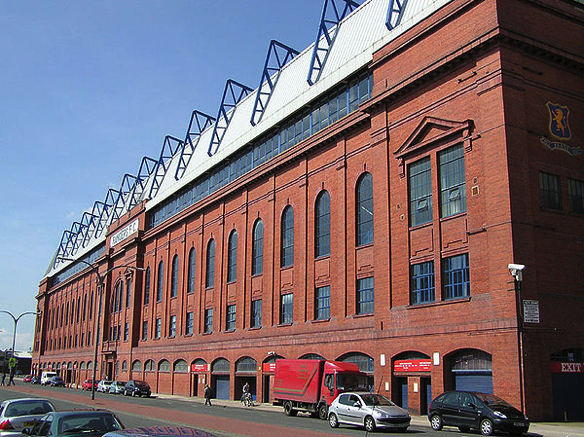
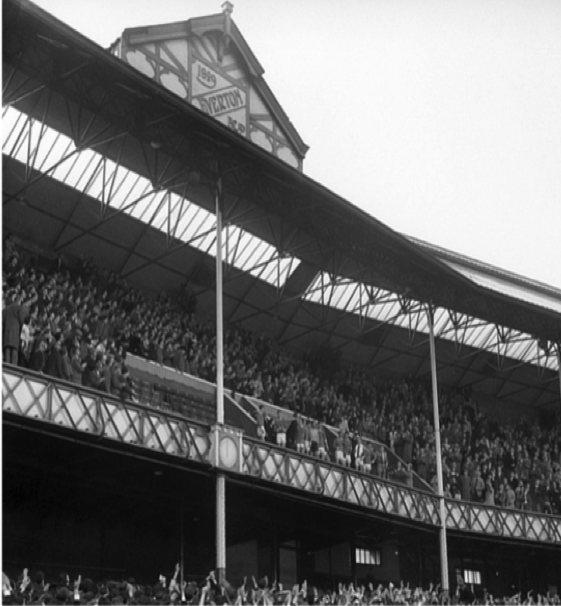
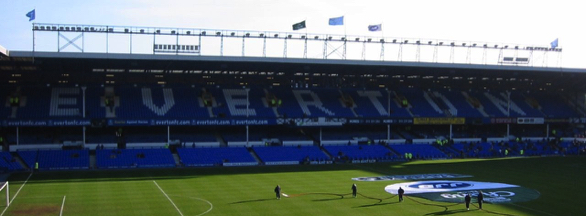
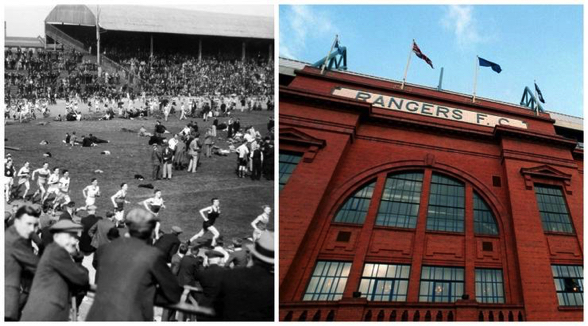
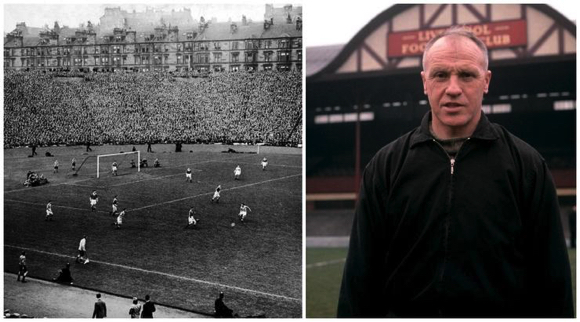
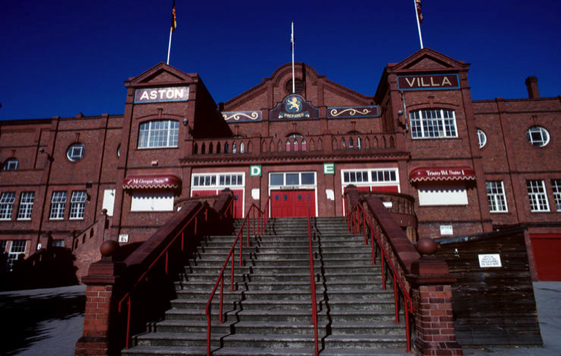
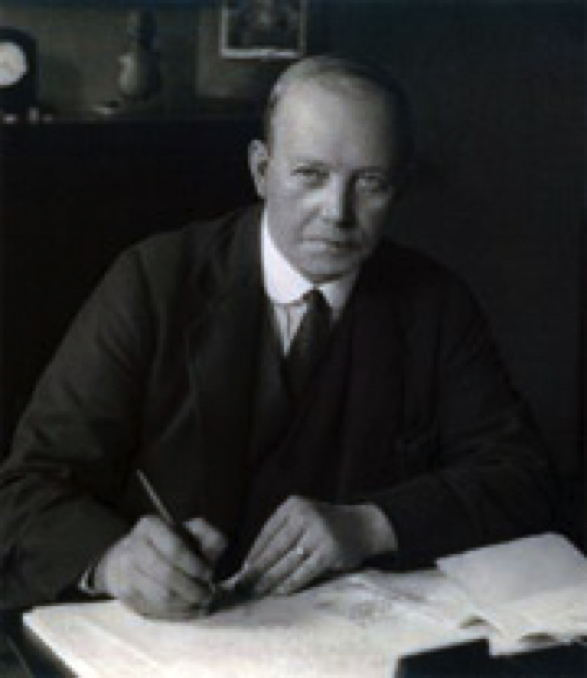
Archibald Leitch
The unsung hero of Britain’s football stadia
Double-decker 1926 Bullens Road 'Mauretania' Stand at Goodison Park home of Everton FC
The Johnny Haynes stand at Craven Cottage, home of Fulham Football Club.
The Bill Struth Main Stand at Ibrox, home of Rangers Football Club.
Archibald Leitch
Goodison
Villa Park
Ibrox, home of Rangers Football Club.
Hampden Park, Celtic's ground and Bill Shankly
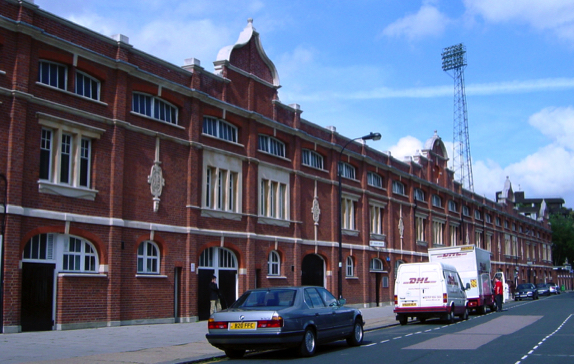
Goodison
The main stand and pavilion at Craven Cottage, The Main Stand at Tynecastle and the facade of the Main Stand at Ibrox (although the stand itself has been remodelled) still survive to this day; all are now listed buildings. He also came up with the formula that for every one person seated, two can stand.
(Wikepedia)
